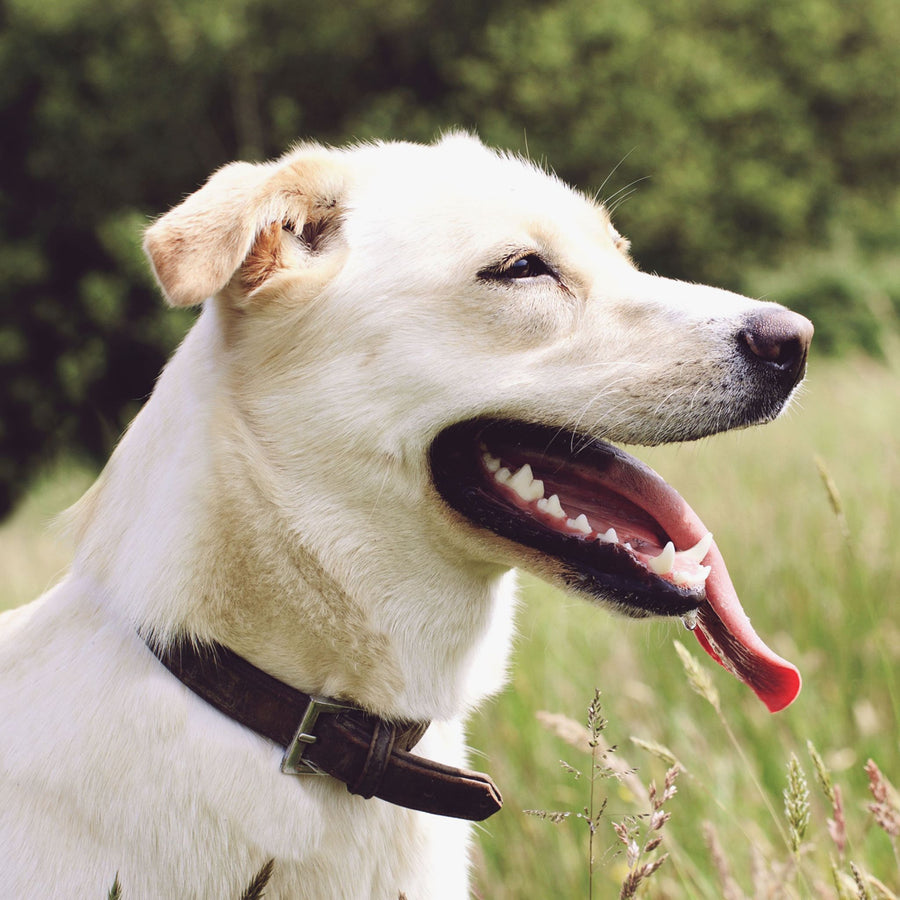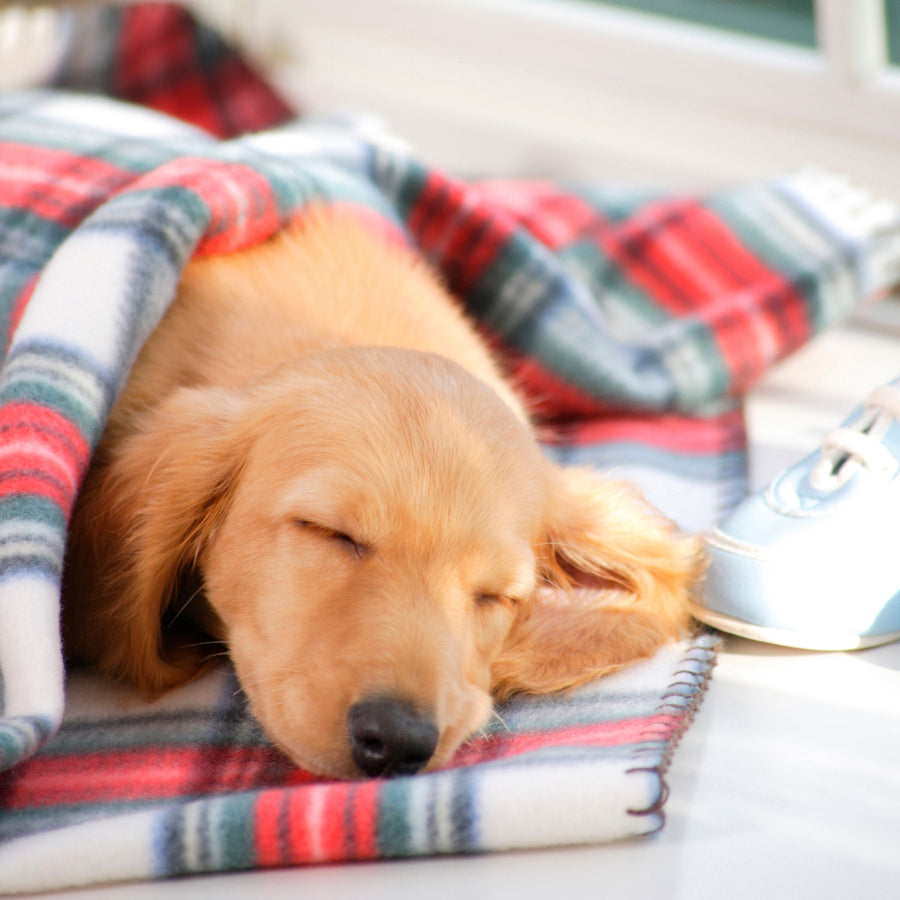Treats...Why and How to Use Them

In talking about dog training, a common question that will come up is whether you should use treats or not. In my professional opinion, you should absolutely use treats when you are training your dog. However, you must do so mindfully if you want to be successful.
Why Would You Use Treats in Training?
Quite simply, because it works.
We need to remember that all of our dogs need to eat in order to survive. Using food as a reward and reinforcer is a highly-effective way of training any animal. Think of the marine mammal shows you may have seen where dolphins, killer whales and seals are doing all sorts of interesting and super complex behaviors. What do those animals do AFTER they've completed a given behavior or routine? Swim back to the trainer to receive their fish or several fish in a row. Basically, they were fed a treat for a job well done.
Using treats in our training helps the dog truly understand what it is we want them to do. As an example, let's say you are working on getting your dog to sit. If every time they sit, you feed them a treat, your dog may be thinking, "I sit and I then get a treat. Sitting = treats. Sitting is good and gets me what I want (treats), so I will do more sitting!"
Dogs also find treats naturally reinforcing and rewarding. We do not have TRAIN our dog to eat (if they are otherwise healthy). Again, our dogs, like all living animals, need food in order to survive. So, by using treats in our training, we are tapping into a primary reinforcer or something that is naturally reinforcing to the dog. Translation: using treats is a super powerful and effective dog training tool.
Okay, we can see WHY using treats in dog training can be so effective...but HOW should we actually be using treats in our training?
Types of Treats Matter
High-value treats.
This is a term dog trainers and instructors say all the time. I've said it myself, ad nauseam, in my in-person classes and online dog training courses. ... But what does it actually MEAN?
At the core of it, a "high-value treat" means a trainer has taken the time to rate the types of treats they're going to use with their dogs based upon what the dog individually enjoys.
Sounds complicated, but it is actually pretty simple.
All you have to do is make a list with three columns: low-value. mid-value and high-value. Treats that rank as low-value treats will be along the lines of your dog's kibble, Cheerios, Charlie Bears, things like that. Mid-value treats will be things such as string cheese, deli meat (chicken, ham, beef) and store-bought dog treats such as Zukes or Stella and Chewy's. High-value treats are those types of treats that make your dog's eyes practically pop out of their head, the drool to flow out of their mouths and their tails to start wagging a mile a minute. We're talking liverwurst, meatballs, leftover steak from your dinner, sardines, whipped cream, peanut butter...you get the hint.
Here's the important part: you have to customize your list for you individual dog. Have multiple dogs at home? Each dog will have their own list.
What my dog thinks is simply awesome and out-of-this-world, your dog may not like at all!
Let me give you a human example: I LOVE chocolate, but do NOT try to give me white chocolate. In my opinion, that is not real chocolate. When I've received white chocolate in the past as a gift, it was not reinforcing or pleasant in the least. It was a stressful burden because now I needed to re-gift it to someone else without letting the person who gave it to me know...what a nightmare! Moral of the story: be careful that you are not just assuming that your dog likes something. They may hate it! Instead, you have to test it out.
How do you go about doing this? It is really easy and is a game that your dog will love. Take two treats, and have the dog rate them for you. For instance, hold a Cheerio in your right hand and a meatball in your left hand. Present both open hands to your dog. Which treat do they gobble up first and with the most enthusiasm? That is the higher-value treat. Do they turn their nose up to something entirely? That should be removed from your list altogether! Go through this process with all of your prospective treats and fill up your chart with the results, rating each. At the end of the process, you should have no less than 9 different types of treats, or training aids, at your disposal to use in a variety of different situations.
Speaking of which, you will then need to know WHEN you will use each category of treats.
For example, if you're training a fairly simple and straightforward behavior in a familiar and low-distraction area, such as a sit in your living room, feeding a low-value treat will work out just fine. However, if you were working on a new behavior OR in a new location OR working on something your dog found super challenging, then you would want to move onto a mid- or even high-value treat. When working on super critical behaviors that you need your dog to be rock-solid on, such as a recall (coming when called), only high-value treats should be used.
Leverage the value of the treat to get the end result you are looking for.
At this point, you may be saying, "Wait a second, this seems like an awful lot of food you want me to feed to my dog. Aren't they going to get fat?!" Let's address this next.
Using Treats is Different from Feeding Meals
Allow me to be perfectly clear: training with treats, when done correctly, will NOT make your dog fat.
That being said, if we are not mindful with how we use our treats, and feed our dogs overall, they will gain weight.
What we need to recognize is that our dogs do not need a giant treat when they are training. For instance, let's say you wanted to use a high-value treat, such as meatballs, for your recall training. Your dog does NOT need to eat an entire meatball in one gulp when they come to you. Most training involves several repetitions, so if you were feeding an entire meatball and you did three recalls, that is three giant meatballs you are feeding your dog!
Instead, you would want to break that single meatball into 50 smaller pieces and fed 10 of them to your dog, one right after another in a jackpot fashion, every time they came to you. Feeding your dog in this fashion is much more impressionable upon them. Think of it from their perspective: you are giving them 10 treats for coming to you! How awesome is that?!
What about the size of the treats? Do you adjust these for the size of the dog (bigger dogs get bigger treats)? No. I recommend all of my clients cut or break their treats up into roughly the size of a pencil's eraser or maybe a tad bit larger. Nothing crazy. We simply want to give our dog a taste, not a meal.
So, we've established that we do not need to give our dogs giant treats and can, instead, break them up into smaller pieces.
Now we need to discuss our dog's overall calorie intake. When you feed your dog breakfast and dinner in their food bowl, those are empty calories. You are not gaining anything by pouring their kibble into a bowl and having them eat it. Instead, you could structure your training so that is occurs near their mealtimes and use their meal as the rewards for the training. This way you are not adding that many "outside" calories with treats.
Another option, particularly if you are doing a fair amount of training, is to cut the amount you are feeding your dog for their meals. As an example, let's say without training you feed your dog 1.5 cups of kibble in the morning and 1.5 cups of kibble in the evening. If you were to start training your dog with treats, you would want to cut that back to only 1 cup in the morning and 1 cup in the evening, and then watch your dog. If they are still packing on the pounds, cut out another .5 cup from each meal. If they are losing too much weight, add a .5 cup back in. This also means that you should not be free-feeding your dog (leaving the bowl down all the time and re-filling it when it is empty). Set mealtimes are a much better option.
All of that being said, it is always a good idea to partner with your veterinarian when designing your dog's diet. Just know that training with treats in and of itself will not cause your dog to be overweight.
Utilize All Types of Reinforcers
Using treats in training is highly effective and easy to do, but that doesn't mean it should be the only tool in your dog training toolbox. Make a concerted effort to develop the other types of reinforcement that will work for your dog. This includes: verbal praise, petting, playing with toys and opportunities to do other activities.
Experiment with these other reinforcers to determine what your dog actually enjoys. Same as when you were developing your low-, mid- and high-value treat chart, you want to nail down the following:
- what type of verbal praise does your dog enjoy (low-key and calm or uber-excited and high-pitched),
- does your dog enjoy being petted and if so, what type of petting do they enjoy (long slow strokes, patting, petting back and forth),
- which types of toys does your dog like to play with and how do they like to play them (ropes, tugs, balls, playing actively with you or by themselves)
- what other activities does your dog like to do that you can weave in as a reinforcer (ex. going outside to run in the yard for sitting politely at the door, doing agility jumps after doing heeling, etc.).
Final Thoughts
There are lots of people who are hesitant about using treats in training. I'm here to tell you that training with treats is indeed effective with a wide-swath of dogs. That being said, you do need to be mindful in how you use your treats if you are looking for the best training results. Find what your own individual dog enjoys, know the type of treat you will use in a given situation, ensure you are properly utilizing and leveraging your treats and still take the time to develop your other reinforcer options. If you do all of this, you will be well on your way to enjoying many training successes with your dog.

Dianna has been training dogs professionally since 2011. She has done everything from teaching group training classes and private lessons, to specializing in working with fearful, reactive and aggressive dogs, to being a trial official and competition organization staff member.
Following a serious neck and back injury, Dianna was forced to retire from in-person dog training. But she was not ready to give up her passion! So, she created Pet Dog U and Scent Work University to provide outstanding online dog training to as many dog handlers, owners and trainers possible…regardless of where they live! Dianna is incredibly grateful to the amazingly talented group of instructors who have joined PDU and SWU and she looks forward to the continued growth of PDU and SWU and increased learning opportunities all of these online dog training platforms can provide.
In June 2021, Dianna and her business partner, Sean McMurray launched Cyber Scent Work, Inc., an organization that operates in the gray space between training and trialing in Scent Work. With Cyber Scent Work, Inc., handlers have the opportunity to earn Qs, titles and ribbons while also receiving helpful training advice regardless of whether they qualify or not! Be sure to check out Cyber Scent Work, Inc., you will be happy you did!
#petdogublog #treatsintraining #rewardbasedtraining #playwithyourdog #dogsports #traindogsports #dogownership #puppyownership #dogowners #dogs #puppies #dogtraining #dogtrainers #dogtraininginstructors #doginstructors #petdogu

